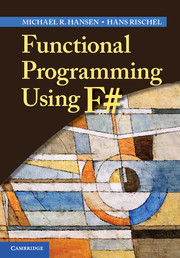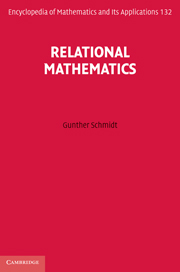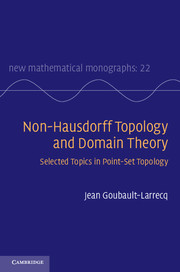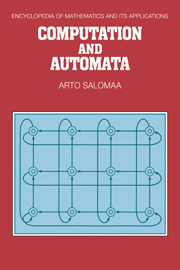Topology, topological spaces
Abstracting away from metrics, a topological space is a set, with a collection of so-called open subsets U, satisfying the following properties. We have already seen them, for sequentially open subsets of a metric space, in Proposition 3.2.7.
Definition 4.1.1 (Topology) Let X be a set. A topology on X is a collection of subsets of X, called the opens of the topology, such that:
every union of opens is open (including the empty union, Ø);
every finite intersection of opens is open (including the empty intersection, taken as X itself).
A topological space is a pair (X,O), where O is a topology on X.
We often abuse the notation, and write X itself as the topological space, leaving O implicit. It is also customary to talk about the elements of a topological space X as points.
Example 4.1.2 The sequentially open subsets of a metric space form a topology. This is what Proposition 3.2.7 states exactly.
Given a metric space X, d, we shall call metric topology the topology whose opens are the sequentially open subsets.
Example 4.1.3 We shall often consider ℝ with the metric topology of its L1 metric. We shall either call this space ℝ, or ℝ with its metric topology when there is a risk of confusion as to which topology is intended. There are indeed other natural candidates, as we shall see in Example 4.2.19, for instance.



